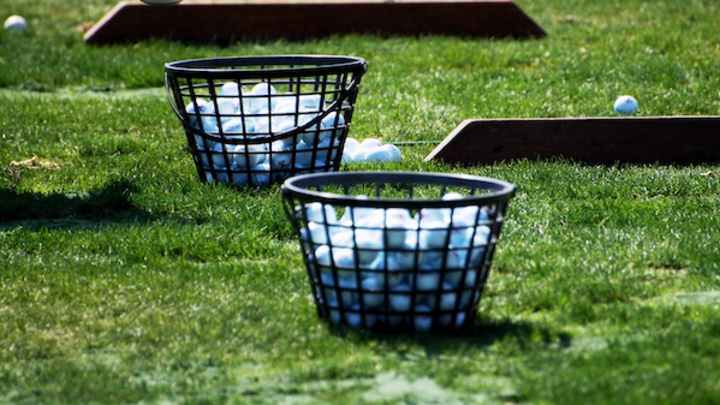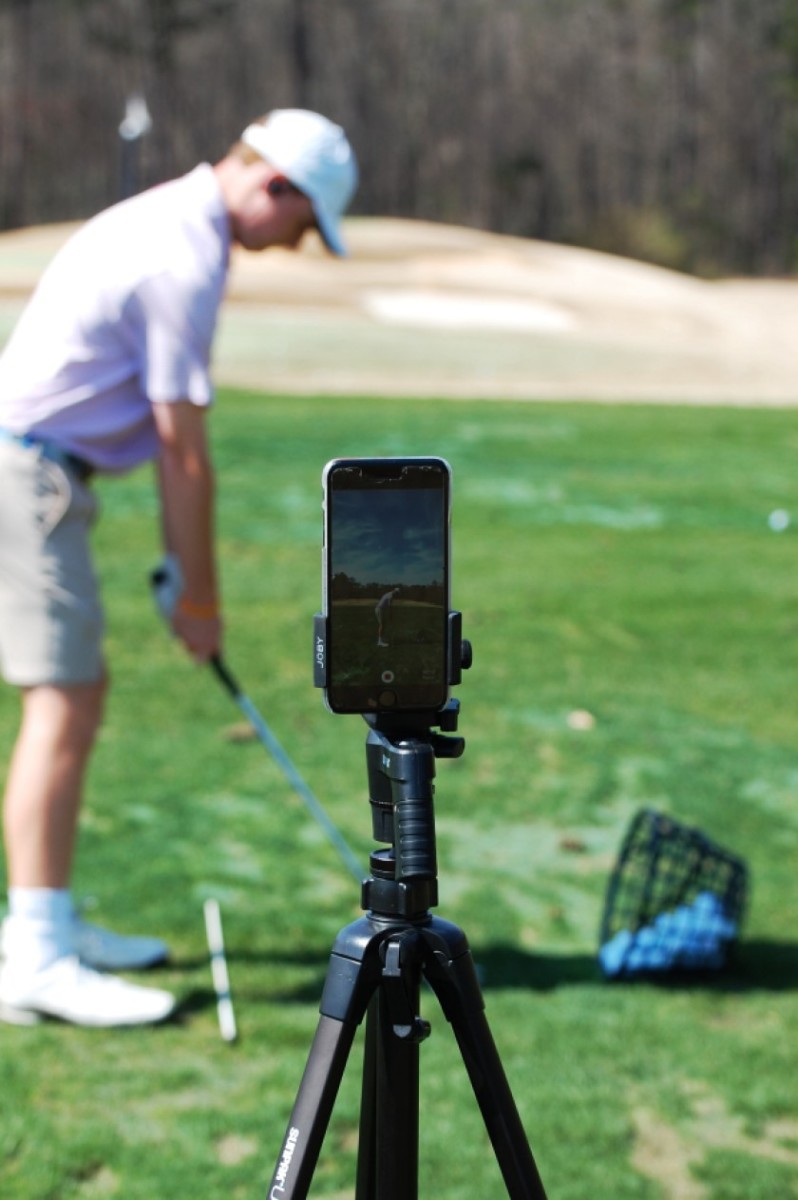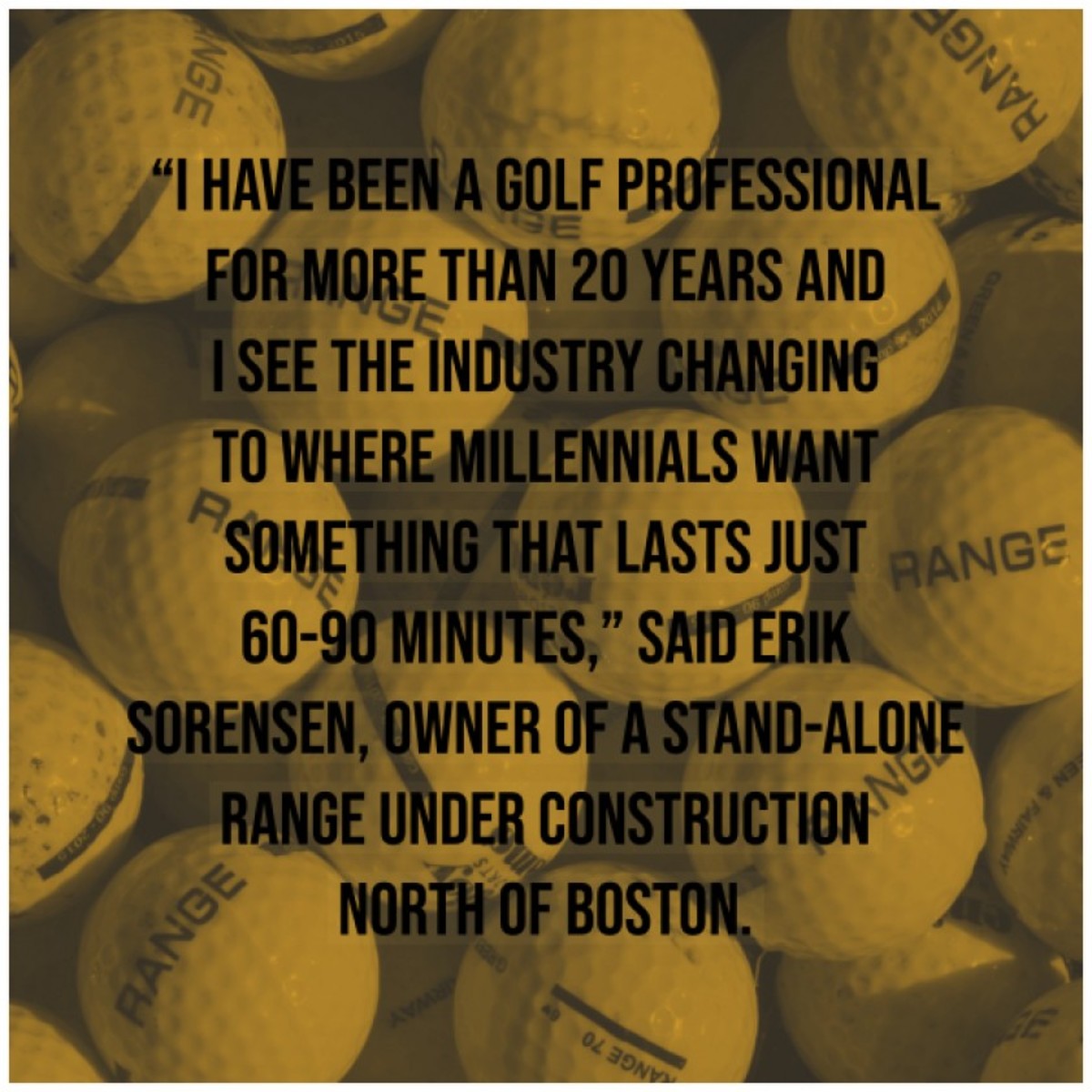Are driving ranges dying? Not so fast

Thrown the kids in the car and been to a drive-in movie lately? Me neither.
How about a trip to a mom-and-pop driving range to purchase a $10 bucket of worn-torn balls as you pound 5-irons off a mixture of clay, crabgrass and who knows what? Can’t say I’ve done that one lately either.
Finding a drive-in or throwback driving range across this great country of ours can be a challenge these days. Those of us in the golf world should have known something was suspicious a decade or so ago when we all were being urged to use the politically correct term “practice facility” and not “driving range.”
The drive-in movie experience was done in by technology … and to a certain degree so has the stand-alone driving range, with an estimated 1,200, according to the Golf Range Association of America, still alive in a shrinking market that was once thriving with several thousand scattered from coast-to-coast.
The new kids on the block have taken assault on old-school driving ranges with climate- controlled hitting bays, high-end F&B, trendy music and technology such as launch monitors and simulators where a foursome in New York can compete against a bunch of guys in San Diego in a match at say, Pinehurst No. 2.
In short, the new-wave practice facilities are fun again.
Private clubs have even joined the party with Pro V1 balls, elaborate short-game areas, free tees and ball marks on the range, chilled apples, complimentary bottled water and customized video lessons — all aimed at keeping members close to the club to hone their games.
But without a doubt the biggest player in the practice facility world is Topgolf, which now has 49 locations across the United States with more than a dozen under construction.
Golf just happens to be the conduit by which Topgolf uses technology and entertainment to appeal to the masses, drawing an amazing 13 million annually.
Check out these Topgolf stats:
- The average visit is 2 hours (When is last time you went to a range and spent that long banging balls?)
- Fifty-one percent of Topgolf guests are non-golfers
- There were more than 45,000 visits per day in 2018
- Only 8 percent of visitors are avid golfers
“Think about what these stats mean,” said Rick Summers, chairman and CEO of the Golf Range Association of America. “We should really take note on what an achievement Topgolf is — it is an amazing shift — and all with no grass. Another major difference with Topgolf is they are open at night, so you have to have lighting, covers, heat — all those things. The good news is “if I am another range I can just look at them and pick some of the ideas and completely shift away from a business where someone just needs grass and good golf balls.”

Stand-alone driving ranges continue to evolve — to the point where more are incorporating technology into their amenities. [Photo: David Droschak]
Of course, part of Topgolf’s success is its capital investment. Most stand-alone ranges can’t come close to duplicating that product — just can’t raise enough cash to pull it off. But there is a deeper message here.
“I have been a golf professional for more than 20 years and I see the industry changing to where millennials want something that lasts just 60-90 minutes,” said Erik Sorensen, who is bucking the national trend and constructing a stand-alone range north of Boston. “My father’s generation, those guys were members of multi-clubs and they would spend all day at the country club, but those guys are gone. People want family-friendly, people want quick. Millennials want to get in and get out and a range not only targets golfers but it targets non-golfers. The industry is heading in that direction.”
Summers points to locales like Pinehurst Resort and Bandon Dunes and others who have recently opened up short courses to appeal to golf’s “quick hit” mentality.
“A lot of people love to play golf but they don’t have 4-5 hours, so a range is perfect for them,” Summers said. “And what is happening now is better ranges, especially at private clubs, are building short game practice centers. They are building places like The Cradle at Pinehurst and are charging $50 for something that takes an hour and 10 minutes.
“There are all kinds of different short game experiences. There are actually courses within ranges now that they are building to where they will close the range and play a little 3-hole loop. The trends within all ranges are to find ways to get people to enjoy golf.”
◼ Do you still practice at a stand-alone driving range? If so, please tell us about the range. Share a story or send a picture to shall@morningread.com. We will publish the responses in the Saturday, April 13, issue.
Competing in this ever-evolving market place can be intense … and expensive.
“There are massive trends in technology that are changing ranges, like elaborate ball flight monitors, gaming that allows golfers to measure their past performances compared to current performances, Toptracer shot technology that allows you to look at your shot and how far it went,” Summers said. “There are now covered areas with simulators so you can play all winter long in a heated space with eight of your best friends. Listen, that is coming not only to ranges but to sports bars and hotels.”
Joel Weitz is the owner and general manager at Vitense Golfland in Madison, Wis. It’s a family business started by his grandfather in 1955. Weitz will tell you he battles more than the harsh winters to keep his range thriving.
“It’s like anything, if you have an old TV from 20 years ago compared to what is available now, of course you are going to opt for the flat screen if it’s reasonably priced,” Weitz said. “There is just more to offer now — all the amenities that are available. If you want to be competitive you need to keep looking at unique tools. Things we have now allow us to stay open year-round and allow us to be more competitive.
“But even in 1955 my grandfather had the driving range hitting area covered to product you from the rain,” he added. “But now we’ve added heaters so we can use the range year-round, and we offer food and drink, wait service, leather couches, you name it.”
Weitz calls Topgolf “an amazing environment. It’s a machine … I can tell you that.”

Some out there are trying to copy Topgolf’s model, while others are just attempting to get their share of the pie.
“The good news is if you are good at giving lessons, good at selling equipment, good at club fitting, good at junior programs and good at F&B on the range, and figuring out what aspects you can borrow from Topgolf, there are 8 million people who have never played golf but last year went to a Topgolf facility,” Summers said. “And they spend a lot more than they are going to spend at your range. It’s a total experience.
“But that Topgolf facility may be an hour drive from your home and you have to wait an hour and a half to get a hitting bay. That’s great for Topgolf, but that’s also fantastic for every stand-alone range because they have all these people who want to hit golf balls, so there really is an opportunity there. I always say that if you are good at what you do you are going to be just fine, if you are not good at what you do it’s going to be bad.”
Sorensen said another key that some range owners maybe didn’t consider decades ago was location. It’s much like the hot housing markets now in trendy cities … location, location, location.
“I’m in an area where none of these clubs have good practice facilities within 20 miles of me, so I have quite a demand already for people looking for a practice facility,” Sorensen said. “And my location is ½ mile off of Interstate 95. It’s easy in and easy out; I am literally right off the exit. I have 11,000 cars a day just on the road alone going by the facility.”
To many in the golf range business, the introduction to golf has never been easier — and more enjoyable to the client.
“Topgolf has proved the concept that a range could be much more than just a place to beat golf balls,” Summers said. “A range can be fun, a range can be food and beverage, a range can be music, a place you can watch football, basketball and golf on a big screen TV. If you want to watch a movie you can watch a movie on a range now. Isn’t that something?
“This facet of the golf business is just a great introduction to golf,” Weitz added about ranges. “A lot of these people that come to my place now have never even seen a golf range before and are just coming out to have a good time. It’s nice to see. It expands the whole target market for golf.”
David Droschak was an award-winning writer with The Associated Press for 20 years. He was honored with the Sports Writer of the Year award in North Carolina in 2003. He lives in Apex, N.C.
Email: ddroschak@earthlink.net
